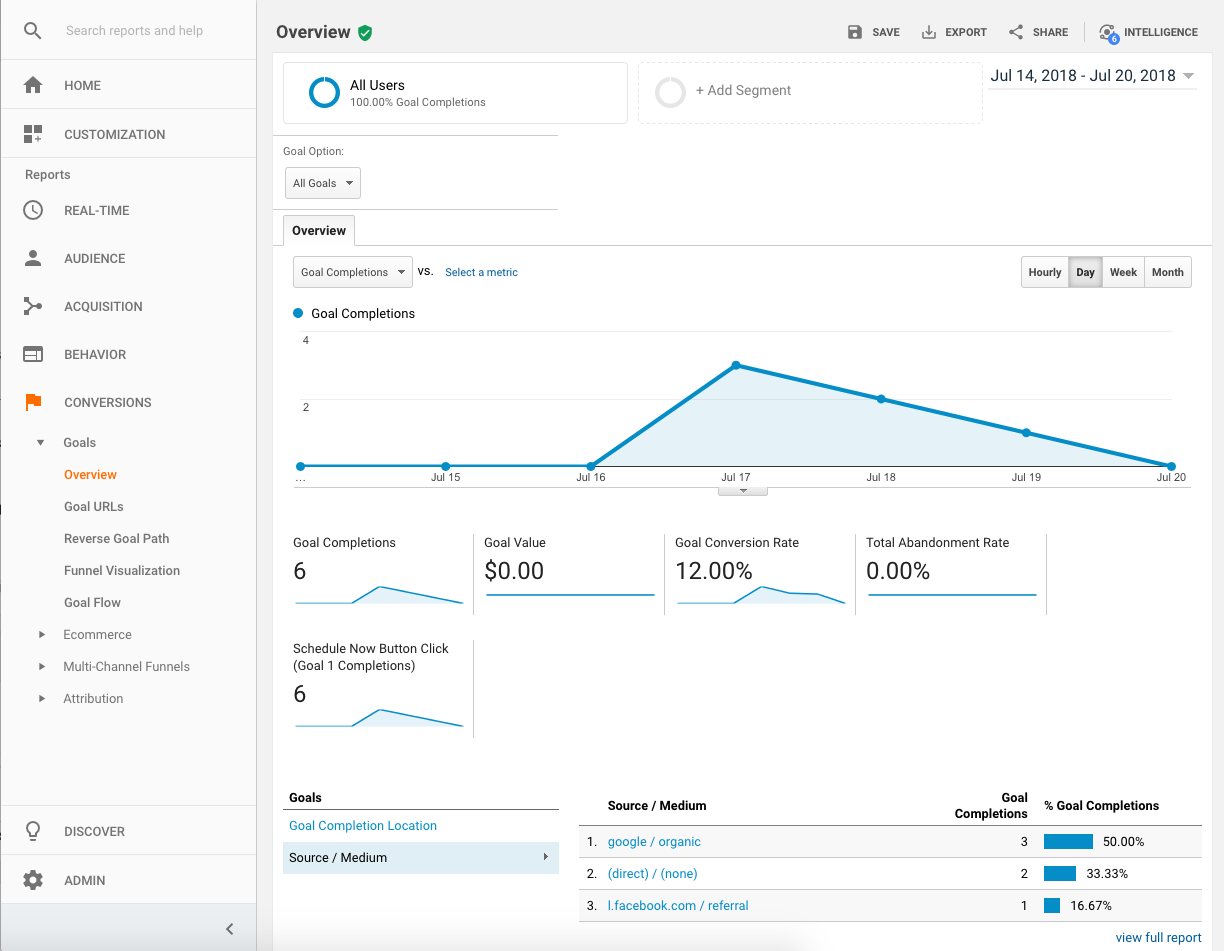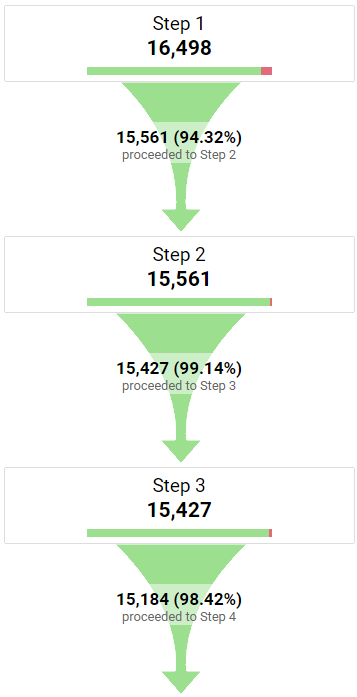Revealing the Blind Attractions: Understanding What Google Analytics Goals Can not Measure
In the realm of electronic analytics, Google Analytics stands as a powerful tool for monitoring and evaluating online customer interactions. Understanding what Google Analytics objectives can not measure is crucial for obtaining a detailed view of individual behavior and involvement.
Individual Actions on External Operatings Systems
Understanding just how individuals connect on outside systems is essential for maximizing on the internet approaches. External systems, such as social media networks, recommendation sites, and on the internet discussion forums, play a significant role in driving traffic to a firm's web site. By assessing individual actions on these platforms, services can obtain important understandings into the performance of their advertising efforts and the choices of their target audience.
One key element of individual behavior on external systems is the reference source. By tracking where the customers are originating from, companies can identify which platforms are driving one of the most traffic to their website. This info can aid firms assign their resources more properly, concentrating on the platforms that yield the most effective outcomes.

Offline Communications and conversions
Assessing user habits on exterior systems supplies valuable understandings into online methods; nonetheless, considering offline conversions and interactions is similarly vital for a comprehensive understanding of a company's overall performance. Offline conversions, such as in-store acquisitions or phone inquiries, play a substantial role in several organizations' success.

Acknowledgment Beyond Last Click
When diving into the realm of electronic advertising and marketing analytics, it becomes vital to look past the solitary touchpoint of the last click for an extra comprehensive understanding of attribution. While Google Analytics gives useful understandings into user habits, depending only on last-click acknowledgment can be restricting - what data is google analytics goals unable to track. Acknowledgment designs that surpass the last click offer a more nuanced view of the customer journey, taking into consideration all the touchpoints that result in a conversion
Acknowledgment beyond the last click enables marketing experts to appoint credit rating to numerous communications along the conversion path, giving a more clear photo of the efficiency of different marketing networks. By checking out multi-touch acknowledgment designs such as linear, time degeneration, or position-based attribution, services can better assign their advertising and marketing budget plans and optimize their strategies for optimal influence.
Recognizing the impact of each touchpoint in the conversion process is critical for making informed choices and maximizing ROI. By accepting attribution past the last click, services can acquire much deeper understandings into client behavior and customize their marketing initiatives much more properly.
Cross-Device and Cross-Browser Tracking

Similarly, cross-browser monitoring enhances cross-device tracking blog by capturing individual actions as they switch over in between various internet internet browsers. Recognizing just how users interact with websites on various browsers can help marketing professionals maximize their on-line experiences to make certain uniformity and capability throughout various systems.
Qualitative Information and Customer Intent
Recognizing customer intent through qualitative information evaluation is vital for developing targeted electronic advertising and marketing approaches that resonate with the requirements and preferences of the target audience. Qualitative data provides understandings right into the 'why' behind customer activities, clarifying motivations, emotions, and choices that quantitative data alone can not catch. By examining individual feedback, comments, and communications, marketing experts can uncover useful info regarding user intent, permitting them to customize their messaging, content, and offerings to much better line up with what their audience is looking for.
Qualitative information likewise helps in recognizing the context in which individuals involve with a web site or app. This contextual understanding makes it possible for marketing professionals to produce more relevant and personalized experiences, inevitably driving higher engagement and conversion prices. By delving right into individual intent through qualitative data evaluation, companies can obtain a deeper understanding of their target audience, leading to a lot more effective advertising and marketing techniques that meet individuals' needs and assumptions.
Conclusion
To conclude, Google Analytics goals have restrictions in gauging user habits on exterior platforms, offline conversions, acknowledgment beyond last click, cross-device and cross-browser monitoring, and qualitative data associated to user intent. what data is google analytics goals unable to track. It is necessary for businesses to be familiar with these dead spots in order to supplement their information analysis with various other devices and approaches to acquire an extra comprehensive understanding of their audience and boost their overall digital advertising approaches
By analyzing you can find out more individual habits on these systems, businesses can acquire useful understandings into the effectiveness of their advertising initiatives and the preferences of their target audience.
Examining customer actions on external platforms offers important understandings into online techniques; nevertheless, taking into consideration offline conversions and communications is equally critical for a comprehensive understanding of a company's total performance.In digital marketing analytics, relocating beyond last-click attribution to discover cross-device and cross-browser monitoring is important for getting an all natural understanding of customer communications across different platforms and devices. By evaluating user feedback, comments, and communications, online marketers can uncover valuable details concerning individual intent, enabling them to tailor their messaging, content, and offerings to much better straighten with what their target market is seeking.
By delving right into customer intent with qualitative information analysis, businesses can gain a much deeper understanding of their target audience, leading to a lot more efficient advertising strategies that meet users' expectations and requirements.